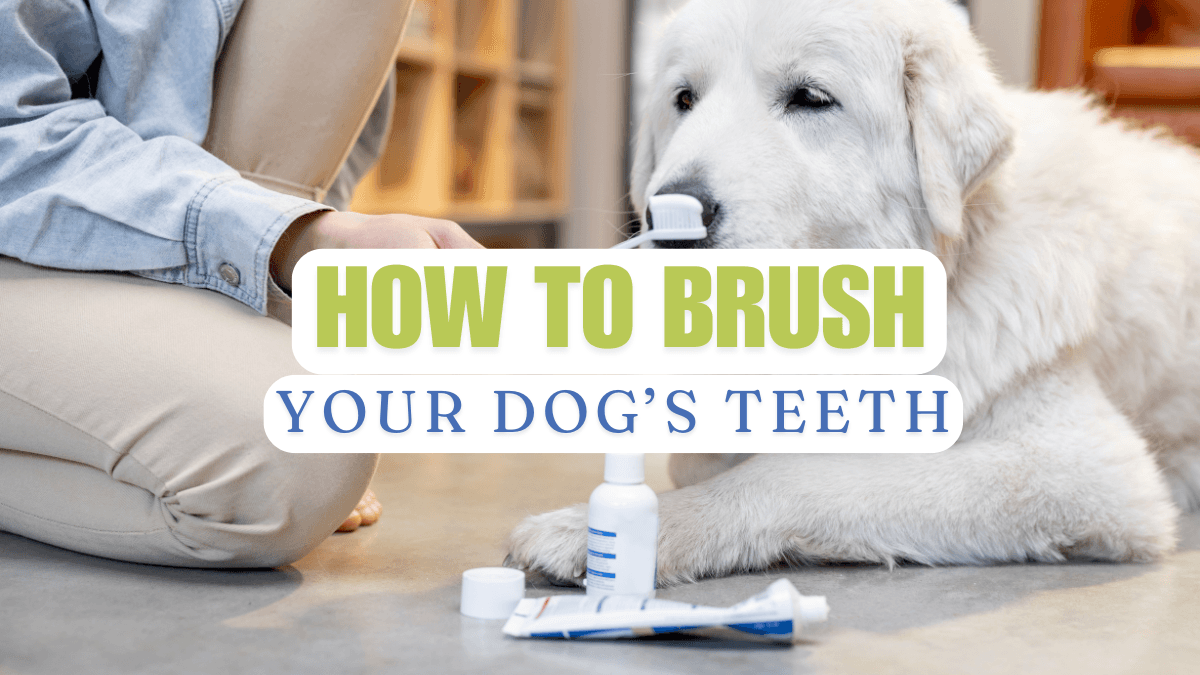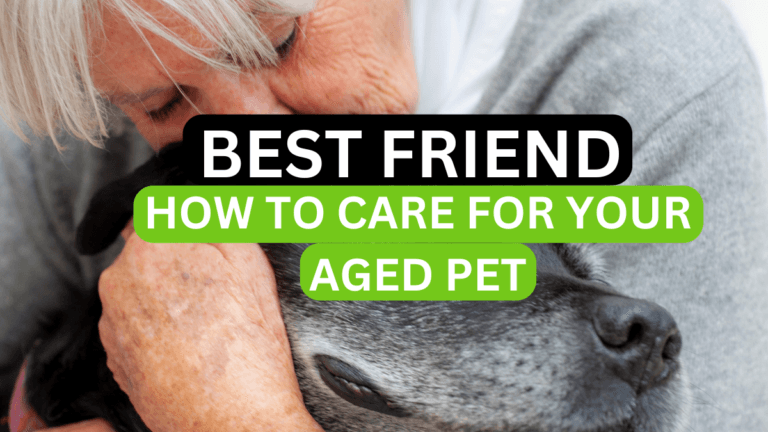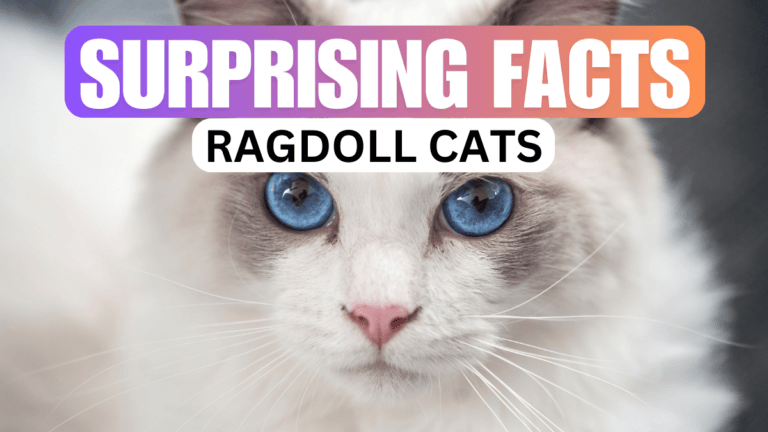3 Steps in How to Brush Your Dog’s Teeth: A Comprehensive Guide for Pet Owners
3 Steps in How to Brush Your Dog’s Teeth: A Comprehensive Guide for Pet Owners Facebook Youtube Instagram How to Brush Your Dog’s Teeth Maintaining your dog’s oral health is a crucial aspect of their overall well-being, yet it’s often overlooked by many pet…
3 Steps in How to Brush Your Dog's Teeth: A Comprehensive Guide for Pet Owners
How to Brush Your Dog's Teeth
Maintaining your dog’s oral health is a crucial aspect of their overall well-being, yet it’s often overlooked by many pet owners. Regular tooth brushing can prevent a range of health issues, from bad breath to severe dental diseases. This guide will delve into the importance of brushing your dog’s teeth, the reasons it’s often neglected, and provide detailed steps on how to properly care for your dog’s dental hygiene.
Why Brushing Your Dog’s Teeth is Essential
Prevents Dental Diseases: Just like humans, dogs can suffer from periodontal diseases. Regular brushing helps remove plaque and tartar, preventing gingivitis and other serious dental issues.
Freshens Breath: Bad breath in dogs is often a sign of poor oral hygiene. Brushing your dog’s teeth can significantly reduce bad breath by removing the bacteria that cause it.
Improves Overall Health: Poor dental health can lead to other health problems, including heart, liver, and kidney diseases. Maintaining good oral hygiene is crucial for your dog’s overall health.
Reduces Veterinary Bills: Preventive care, like regular brushing, can save you money in the long run by reducing the need for expensive dental treatments and procedures.
Enhances Quality of Life: Good dental hygiene contributes to your dog’s comfort and longevity. Healthy teeth and gums mean your dog can eat, play, and live pain-free.
Related: Dog Grooming Tips for New Pet Owners
Why It’s Often Neglected
Lack of Awareness: Many pet owners are unaware of the importance of brushing their dog’s teeth and the potential health risks of neglecting dental care.
Perceived Difficulty: Some owners find the idea of brushing their dog’s teeth daunting, especially if their dog is uncooperative or anxious.
Time Constraints: Busy schedules can make it challenging to establish a regular tooth brushing routine.
Misconceptions: Some believe that providing dental chews or dry food is enough to maintain their dog’s oral health, overlooking the need for regular brushing.
How to Brush Your Dog’s Teeth: Step-by-Step Guide
Choose the Right Tools:
- Toothbrush: Use a toothbrush designed for dogs. They usually have softer bristles and are angled to fit comfortably in a dog’s mouth.
- Toothpaste: Never use human toothpaste. Purchase a dog-specific toothpaste that is safe for them to swallow and comes in flavors they like, such as poultry or peanut butter.
Get Your Dog Comfortable:
- Start by letting your dog taste the toothpaste. Apply a small amount to your finger and let them lick it off to get used to the flavor.
- Gradually introduce the toothbrush by letting them sniff and lick it.
Positioning:
- Find a quiet, comfortable place for brushing.
- Gently lift your dog’s lips to expose their teeth. You can also try brushing while your dog is lying down or sitting comfortably.
Brushing Technique:
- Apply a small amount of toothpaste to the brush.
- Begin by brushing the front teeth using a gentle circular motion.
- Gradually move to the back teeth, brushing in small circles along the gum line.
- Aim to brush for about 2 minutes, covering all surfaces of the teeth.
Positive Reinforcement:
- Reward your dog with praise, a favorite treat, or playtime after brushing to create a positive association.
- Be patient and consistent. It may take some time for your dog to get used to the routine.
Additional Tips for Dental Care
Start Young: Begin brushing your dog’s teeth when they are puppies to establish good habits early on.
Be Consistent: Aim to brush your dog’s teeth daily. If that’s not possible, strive for at least 3-4 times a week.
Regular Check-Ups: Schedule regular veterinary check-ups to monitor your dog’s dental health and catch any issues early.
Use Dental Treats and Chews: Supplement brushing with dental chews and toys that help reduce plaque and tartar buildup.
Monitor for Signs of Dental Issues: Watch for symptoms such as bad breath, red or swollen gums, difficulty eating, or pawing at the mouth, and consult your vet if you notice any of these signs.
Common Mistakes to Avoid
Using Human Toothpaste: Ingredients in human toothpaste can be toxic to dogs. Always use toothpaste formulated for pets.
Brushing Too Hard: Gentle brushing is sufficient. Aggressive brushing can damage your dog’s gums and teeth.
Ignoring the Gums: Focus on the gum line where plaque accumulates, not just the teeth.
Infrequent Brushing: Irregular brushing won’t effectively prevent dental diseases. Consistency is key.
Recommended Products
Dog Toothbrush and Toothpaste Kit: A complete kit designed specifically for dogs, including a toothbrush with soft bristles and toothpaste in flavors like poultry or peanut butter, which dogs love.
Dental Chews and Treats: Products like Greenies Dental Treats or Whimzees Dental Chews or similar help reduce plaque and tartar buildup while keeping your dog entertained.
Dog Dental Wipes: These wipes are convenient for quick cleaning of your dog’s teeth and gums, especially useful if your dog is resistant to toothbrushing.
Water Additives: Dental water additives, such as Nylabone Advanced Oral Care, can be added to your dog’s water bowl to help fight plaque and freshen breath.
Oral Care Spray: Products like Pet King Brands Zymox Oratene Brushless Oral Care Spray provide enzymatic protection to maintain oral hygiene without brushing.
These products are highly rated on Amazon and can enhance your dog’s dental care routine, making it easier and more effective to maintain their oral health.
Brushing your dog’s teeth is a vital part of their overall health care. By understanding its importance, overcoming common challenges, and following a proper brushing routine, you can ensure your dog’s mouth stays healthy and free from disease. Establishing a regular dental care routine will contribute significantly to your dog’s comfort, health, and longevity, making it a worthwhile investment of your time and effort.







